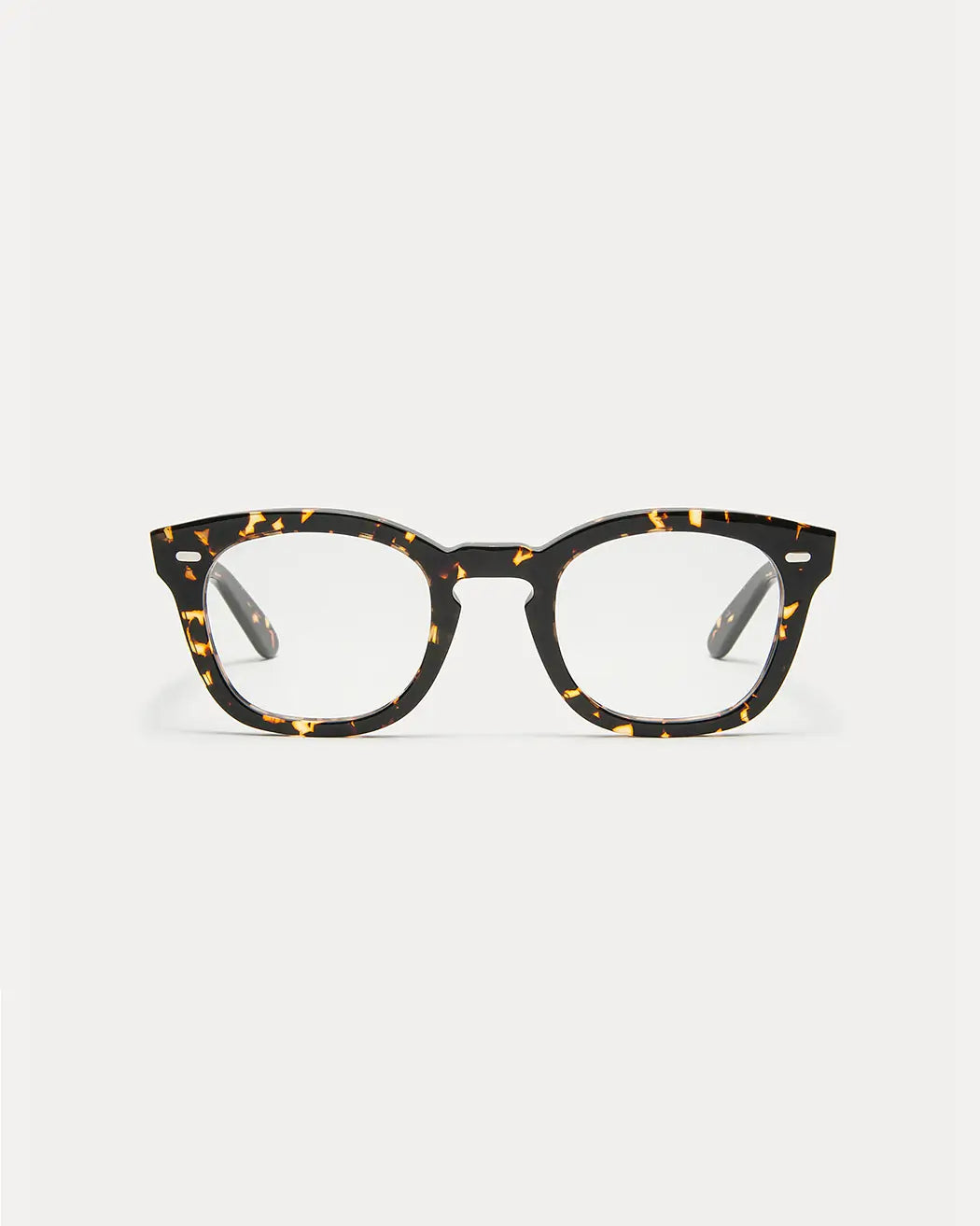Presbyopia

Presbyopia is the medical term for your eyes inability to accommodate, or maintain clear focus at near. This normal age-related loss of focusing typically begins in our mid 30s but is mostly not noticed until after 40.
Most people over the age of 40 are considered to have presbyopia and have experienced some reduction of near vision (computer, reading etc.) and sometimes blurry distance vision as well.
For those with early presbyopia, or emerging presbyopia, causes difficulty reading and seeing small objects up close. Typically the person has to move reading material away from the eyes in order to focus.
What Causes Presbyopia?
The lens inside of our eyes allows us to shift our focus from distance to near and back again. This is called accommodation. During accommodation, the muscles inside our eyes constrict and relax allowing our lens to change in size and ultimately shift our focus.
Beginning as early as our mid 30’s and continuing until after age 65, our lens gradually hardens and loses it’s ability to change in shape.
Common Signs of Presbyopia
As the lens inside our eye loses it’s ability to accommodate we will begin to notice changes in our vision.
Signs of Early or Pre-Presbyopia:
- Eyestrain after computer or phone use
- Blurry vision when shifting focus from distance to near or from near to distance
- Trouble maintaining clear vision while focusing for a period of time
- Common in ages under 45
Signs of Presbyopia:
- Unable to see things clearly up-close or at a computer distance
- Pushing your phone further away to see clearly
- Tired eyes and eyestrain after computer use
- Ages 45 and over
How to Correct Presbyopia
Glasses, contacts, eye surgeries and prescription eye drops can all correct presbyopia in your eyes.
Multifocal | Progressive Glasses:
Multifocal | Progressive prescription eyeglasses for presbyopia are the most common prescribed treatment. Similar to old-fashioned bifocal lenses, today’s Multifocal | Progressive lenses helps improve your near and intermediate vision by providing the additional power your eyes lens can no longer produce.
Reading Glasses:
While not as useful in today’s modern digital environment, reading glasses are still used as a quick fix for age related blurry vision. Unlike Multifocal | Progressive lenses that provide a range of vision from up-close to computer to far-away, reading glasses only allow you to see if one area of focus. These are very useful for hobbies that require one to focus on a near object for long periods of time.
Contact Lenses for Presbyopia:
Similar to Multifocal | Progressive eyeglass lenses, multifocal contact lenses can provide a range of vision to help you see clearly both far away and up-close.
Eye Surgery for Presbyopia:
A lens replacement with multifocal implant is a common eye surgery for presbyopia. Lens replacement surgery, more commonly known as cataract surgery, is one of the most performed surgeries in the United States.


